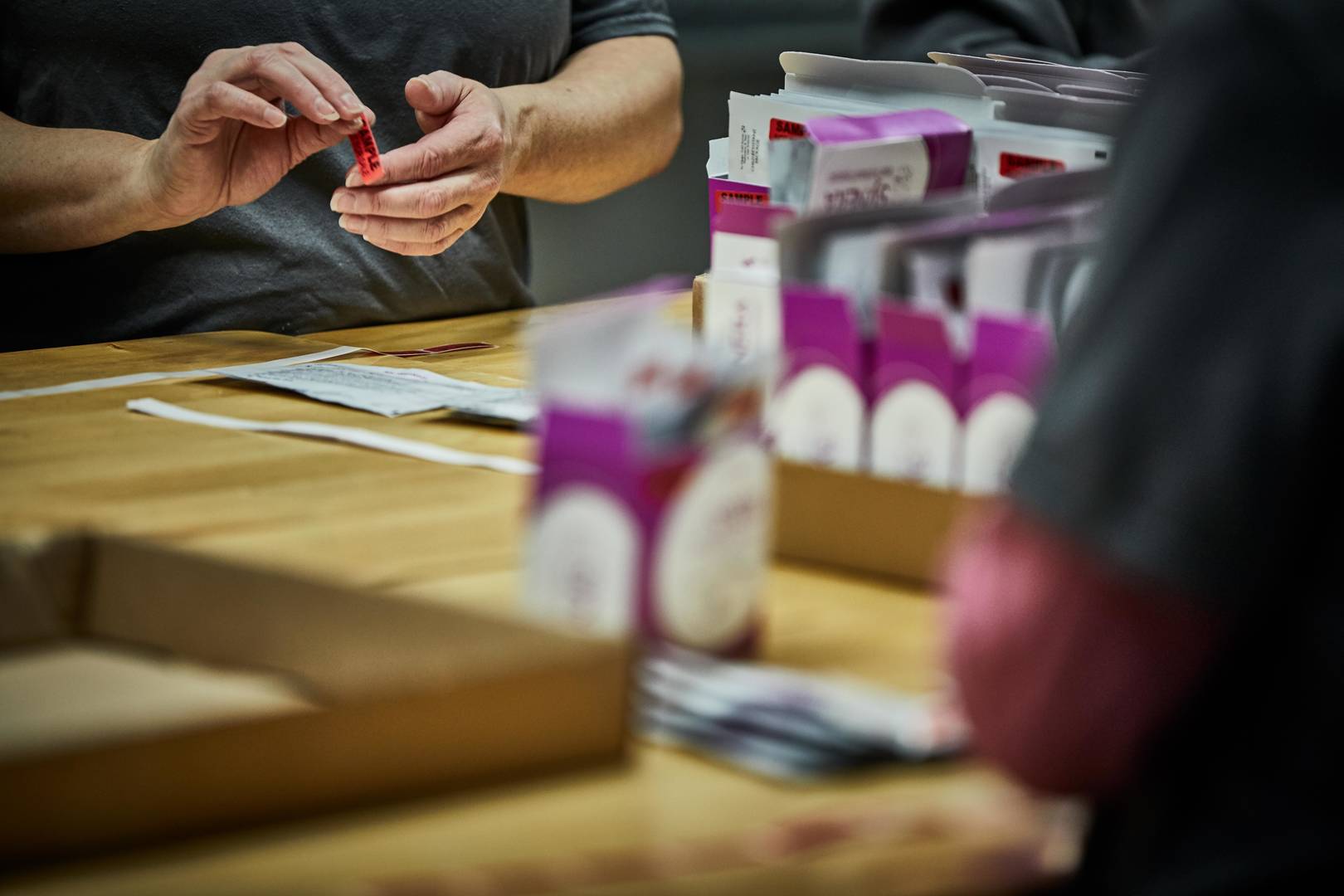The Role of Foreign Trade Zones in Pharmaceutical Manufacturing Success: Part Two
By AmerisourceBergen
In part two of our two-part series on Foreign Trade Zones (FTZs), Ann Pham, Business Development Manager at
ICS, shares how foreign trade zones can help with commercialization
success and what manufacturers need to consider when evaluating a foreign trade
zone and 3PL partner.
Q: How do FTZs help
manufacturers manage costs, reduce risk and increase speed-to-therapy for
patients?
Pham: FTZs are beneficial to
manufacturers at nearly every stage of the drug development and distribution
process. Duties are imposed on a range of raw materials, active pharmaceutical
ingredients (API), and finished drug product. This can be a huge upfront cost
issue for many manufacturers. By leveraging an FTZ, drug makers can defer duties
until their product enters U.S. commerce.Manufacturers do not receive full specifications for labeling requirements until the drug is approved by the FDA, and face gaps there with the need for speed to market upon approval. In a traditional import environment, CBP and the FDA release time is between one and seven days. By using an FTZ, products pending FDA approval can be stored, warehoused and re-labeled once they receive final label guidance and approval, mitigating the release time through the re-labeling activity a 3PL can perform for them. This allows quicker entry into U.S. commerce and expedites exporting transit times to countries such as Canada and Latin America once approved.
"The single most compelling reason to work with a 3PL provider offering FTZ is the ability to get treatments into the hands of patients faster."

Q: What should manufacturers be looking for when evaluating an FTZ, 3PL or distribution partner?
Pham: Flexibility and experience are key when determining the best 3PL provider and FTZ. The ideal partner will evaluate the manufacturers’ business holistically and provide insights that can improve the commercialization and supply chain plans. Commitment to consistently high service levels is critical when managing high volumes of product or costly products for which loss is unacceptable. Finding a 3PL with certifications that speak to dedication to continuous improvement and excellence—like the ISO 9001:2015 certification—can give manufacturers confidence they are working with an experienced logistics provider.Manufacturers should prioritize selecting 3PL and distribution partners with a robust, standardized infrastructure to support global needs that are experienced with the manufacturer’s evolving needs. 3PL providers need to have that deeper knowledge of the biopharmaceutical, device and diagnostics space to truly understand the gaps and pain points.
It’s important to evaluate the underlying structure of 3PL companies, how many clients have transitioned from them and their knowledge of the industry. Achieving and maintaining FTZ status requires continuous compliance with strict regulations, documentation and security requirements. Given the rapid changes occurring in today’s healthcare market, FTZ operators and 3PL companies have to be at the forefront of not only the latest technologies, but also the latest developments from global governments. The ideal partner should have a global footprint and the ability to facilitate an integrated supply chain strategy with the use of an FTZ, if applicable, that ties in with a manufacturer’s commercialization plan.
The single most compelling reason to work with a 3PL provider offering FTZ is the ability to get treatments into the hands of patients faster. At the end of the day, capitalizing on speed to market while effectively managing upfront costs are both vehicles to better serve patients.



